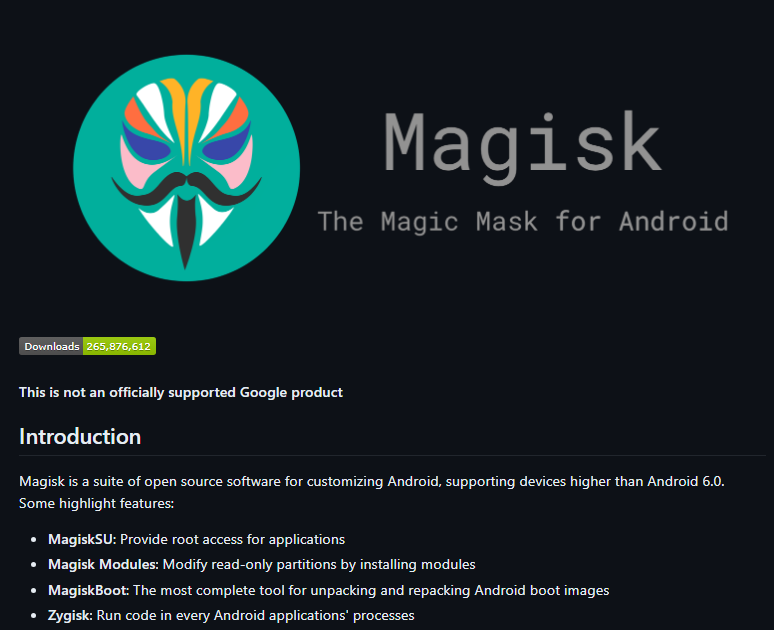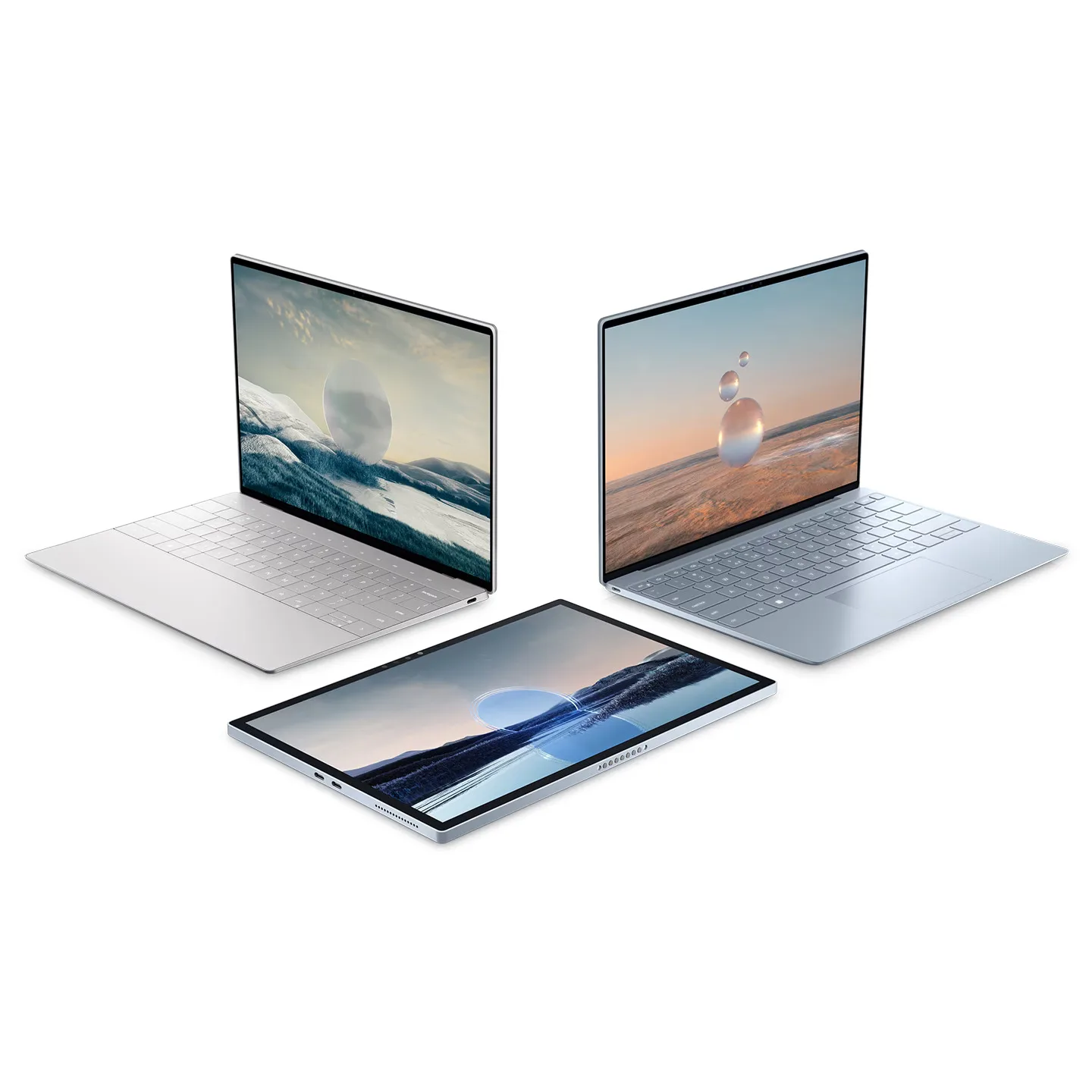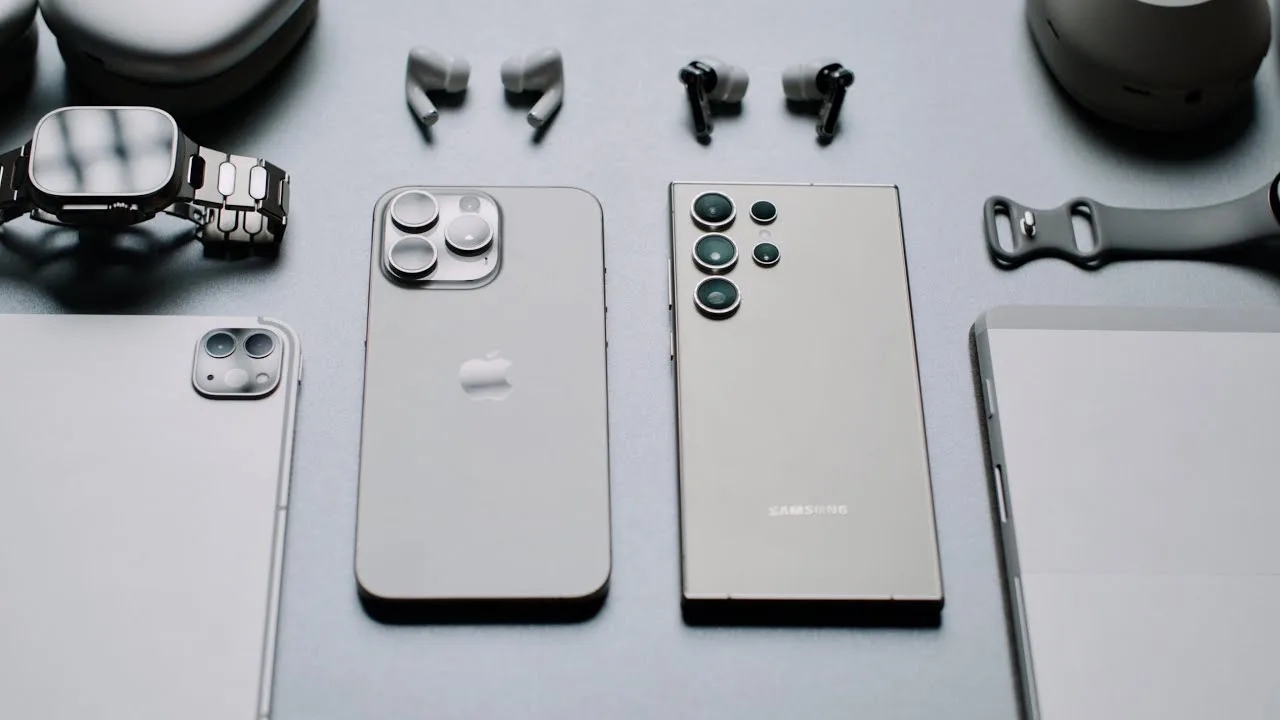The Google Pixel Tablet has made its mark in the tablet market with its sleek design and powerful performance. Packed with impressive features and innovative functionality, this device aims to compete with other leading tablets on the market. In this review, we’ll delve into the key aspects of the Pixel Tablet, highlighting its strengths and weaknesses.

Aesthetics and Display
The Pixel Tablet sports a simple yet elegant design with an 11-inch screen and minimal bezels. The soft-touch matte finish on its aluminum body gives it a premium feel. The 10.95″ IPS LCD display with a resolution of 1600×2560 pixels offers sharp visuals, wide viewing angles, and vibrant colors. While it may not match the brightness and contrast of high-end OLED displays, the Pixel Tablet’s screen is excellent for watching videos and enjoying multimedia content.

Performance and Storage
Powered by the Tensor G2 processor and 8 GB of RAM, the Pixel Tablet ensures responsive performance across various tasks. The tablet handles most applications and games smoothly, with no noticeable lag or stuttering. The base model comes with 128 GB of storage, while an upgrade option provides 256 GB, giving users ample space to store their files, media, and applications.
Camera and Audio
Equipped with an 8 MP front and rear camera, the Pixel Tablet delivers decent image quality for video calls and basic photography needs. However, it’s worth noting that for more advanced photography, relying on a smartphone camera would be a better choice. On the audio front, the tablet impresses with its four speakers, offering clear sound and noticeable stereo separation. Unfortunately, the lack of a headphone jack might be inconvenient for some users, necessitating the use of Bluetooth or a USB-C dongle for private audio.
Battery Life and Charging
While the Pixel Tablet’s battery life falls slightly short of Google’s advertised 12 hours, it still provides around six to eight hours of usage between charges. However, the tablet’s below-average battery performance may disappoint users who rely heavily on their devices throughout the day. On the positive side, charging the tablet is made easy with the included speaker dock, which not only charges the device but also provides a seamless audio transition and acts as a convenient stand.
Smart Features and Integration
One of the standout features of the Pixel Tablet is its speaker dock, which seamlessly transfers audio and charges the device. The tablet also doubles as a smart display when docked, allowing users to control smart home devices, access Google Assistant, display information, and play music through voice commands. Although there are a few missed opportunities in terms of smart home integration and additional features, the Pixel Tablet offers a commendable smart home experience.
Benchmark Comparisons
When it comes to performance, benchmark tests provide a reliable way to compare devices. Let’s take a look at how the Google Pixel Tablet stacks up against some of its competitors in popular benchmark tests: Geekbench 5, Adobe Premiere Rush, and 3DMark Wild Life Unlimited.
| Tablet | Geekbench 5 | Adobe Premiere Rush | 3DMark Wild Life Unlimited |
|---|---|---|---|
| Google Pixel Tablet | 3,004 | 49 seconds | 39 fps |
| Apple iPad Gen 10 | 4,040 | 30 seconds | 47 fps |
| OnePlus Pad | 3,275 | 55 seconds | 53 fps |
In terms of Geekbench 5 scores, which measure overall CPU performance, the Google Pixel Tablet achieves a commendable score of 3,004. While it falls slightly behind the Apple iPad Gen 10’s score of 4,040, it remains competitive.
When it comes to video editing capabilities, the Adobe Premiere Rush test indicates that the Pixel Tablet completes the task in 49 seconds. While it takes a bit longer compared to the iPad Gen 10’s 30 seconds, it still performs well in video editing tasks.
In terms of graphics performance, as measured by the 3DMark Wild Life Unlimited benchmark, the Pixel Tablet achieves a frame rate of 39 fps. Although it lags behind the OnePlus Pad’s 53 fps, it still delivers a decent gaming experience with smooth visuals.
These benchmark results demonstrate that the Google Pixel Tablet offers a solid performance that can handle various tasks with relative ease. While it may not be the top performer in every category, it strikes a good balance between performance and affordability, making it a compelling choice for users seeking a reliable and capable tablet.
THE GOOD and THE BAD
Here is a summary of the strengths and weaknesses of the Google Pixel Tablet:
THE GOOD:
| Feature | Description |
|---|---|
| Impressive Display | The Pixel Tablet boasts a 10.95″ IPS LCD screen with a sharp 1600×2560 pixel resolution, offering vibrant colors and wide viewing angles. |
| Enhanced Audio | With four speakers, the tablet delivers clear audio and noticeable stereo separation, elevating the overall audio experience. |
| Responsive Performance | Powered by the Tensor G2 processor and 8GB of RAM, the Pixel Tablet provides smooth and responsive performance for various tasks and games. |
| Convenient Speaker Dock | The included speaker dock not only serves as a charging station but also seamlessly transfers audio to a louder and better speaker, enhancing audio playback. |
THE BAD:
| Aspect | Description |
|---|---|
| App Compatibility Challenges | Some Android apps still struggle to adapt to the larger screen size of the Pixel Tablet, resulting in suboptimal user experiences for certain applications. |
| No Headphone Jack | The absence of a traditional headphone jack necessitates the use of Bluetooth or USB-C dongles for private audio, reducing convenience and compatibility. |
| Below Average Battery Life | Despite Google’s advertised 12-hour battery life, the Pixel Tablet typically offers only around 6 to 8 hours of use between charges, falling short of expectations. |
| Suboptimal Aspect Ratio for Reading | The tablet’s 16:10 aspect ratio, more suited for video viewing, may make extended reading sessions less comfortable. |
Closing Remarks
The Google Pixel Tablet offers a compelling package for entertainment enthusiasts, combining impressive hardware with innovative features. Its stunning display, responsive performance, and clever speaker dock make it a great companion for watching videos, playing games, and enjoying multimedia content. However, the tablet does have a few limitations, such as app compatibility issues with larger screens and below-average battery life. Despite these drawbacks, the Pixel Tablet stands out as a versatile and feature-rich device that caters to users’ entertainment needs. Whether you’re an avid multimedia consumer or seeking a device that seamlessly integrates into your smart home setup, the Google Pixel Tablet is worth considering.





One thought on “Google Pixel Tablet Review: An Impressive Device with a Few Drawbacks”